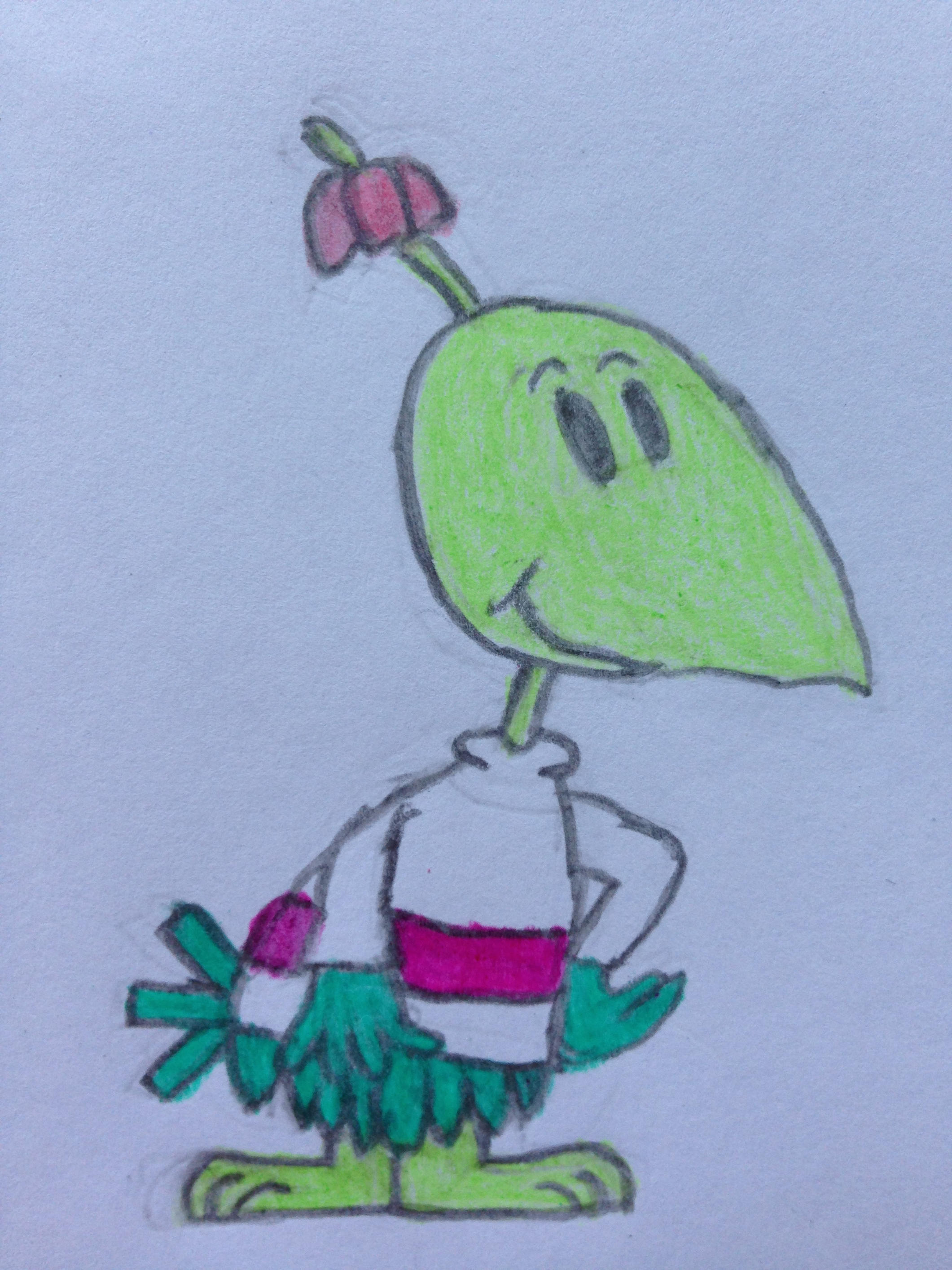
Link.įirst I would like to say that your information on Extinct Birds is displayed very well. “Kauai Oo, Hawaiian Forest Bird | BirdNote”.“Reunion Shelduck (Alopochen kervazoi) – BirdLife species factsheet”.“Nestor productus - Norfolk Island Kaka”.“Kangaroo Island Emu : EXTINCT BIRDS”.“Gutenberg, Project – Saint Helena Dove.” Saint Helena Dove | Project Gutenberg Self-Publishing – eBooks | Read eBooks online.“Himalayan Quail, Ophrysia superciliosa – Redorbit”.“The quest for the Himalayan Quail – Livemint”.“Marianne White-eye (Zosterops semiflavus) ”.“Zosterops semiflavus (Marianne White-eye)”.“BBC Nature – Elephant Birds videos, news, and facts”.“Mauritius Blue Pigeon | A Field Guide to Extinct Birds”.“Topic: The laughing owl's extinction | Collections Online – Museum of New Zealand Te Papa Tongarewa”.“Laughing owl | New Zealand Birds Online”.“Labrador Duck (Camptorhynchus labradorius) – BirdLife species factsheet”.“New Zealand quail | New Zealand Birds Online”.“Ivory-billed Woodpecker, Life History, All About Birds – Cornell Lab of Ornithology”.“Lyall’s wren | New Zealand Birds Online”.“3 Billion to Zero: What Happened to the Passenger Pigeon? – Scientific American”.“Why the Passenger Pigeon Went Extinct | Audubon”.“Laysan Rail (Zapornia palmeri) – BirdLife species factsheet”.“Laysan crake videos, photos, and facts – Porzana palmeri | Arkive”.“Seychelles Parakeet (Psittacula wardi) – BirdLife species factsheet”.“The extinction of The Great Auk | John James Audubon Center at Mill Grove”.“The sad story of the Arabian Ostrich – #ConcernedOfTheMarina”.“Nature of Tasmania: The Tasmanian Emu”.“Dromaius novaehollandiae diemenensis - Tasmanian Emu, Emu (Tasmanian)”.“Bachman’s Warbler (Vermivora bachmanii) – BirdLife species factsheet”.“Carolina Parakeet: Removal of a "Menace" | All About Birds”.All images are from Wikimedia under the creative commons licenses.Birds also share the planet earth, and it is not just for humans! In summary, if humans take conscious initiatives to conserve the environment, the birds going extinct can be reversed. The bird might be a new species that evolved from other bird species (such as cross-breeding) and lack adaptability and is extremely sensitive to new environmental changes. In some rare situations, losing a bird species is inevitable.The toxic poisoning makes the bird infertile or even fatal. For example, man-made contamination in the ocean bed gets into the fish diet, which is then consumed by seabirds. Another reason is Biological Magnification (i.e., chemical toxins travel from the lowest chain species in the ecological pyramids to top of the chain).This, in turn, alters the hormonal balance in the birds and results in weak eggs which cannot survive too long.

The concentrated pesticides on the field get stuck on the grains birds consume. Pesticides play a major destructive role in birds’ population.


Passenger Pigeon (†Ectopistes migratorius) Carolina Parakeet (†Conuropsis carolinensis)


 0 kommentar(er)
0 kommentar(er)
